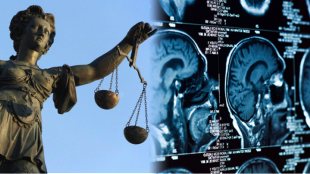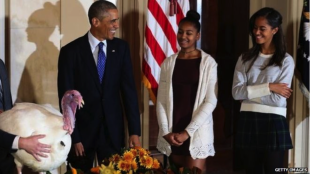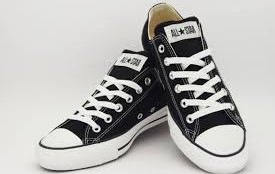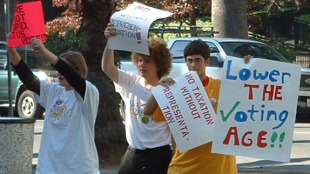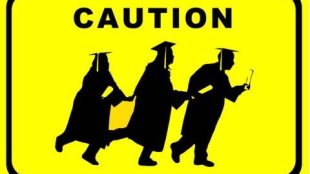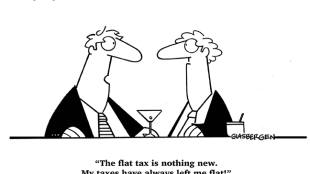New York’s Home-Sharing Law: An Obstacle To Combatting The Consequences Of Gentrification
Gentrification, the process of renewal and rebuilding which accompanies the migration of middle-class or affluent people into historically poor urban areas, may on its face seem beneficial for all members of a community. After all, gentrification provides numerous benefits to blighted neighborhoods – it can help stimulate economic growth, garner greater resources for public education, public safety, and other areas of public welfare through increased property taxes, and provide new job opportunities for community members. While these benefits are noteworthy, the poor and people of color rarely enjoy them. Gentrification emphasizes the interests of the middle and upper classes—frequently at the expense of the poor and communities of color. With the renewal and rebuilding of dilapidated structures comes higher property values, large corporations and businesses that target the middle and upper classes, and highly skilled workers. The result is often the displacement of poor communities of color from the neighborhoods they have lived in their whole lives and embraced as their own. Thus, while gentrification encourages economic growth, it also results in increased homelessness among the original residents who cannot keep up with the rising property values. In an attempt to combat the negative consequences of gentrification, many low-income residents [read more]



